De kostuumevolutie van Zhe Yao laat de groei van de heldin zien door middel van hanfu-stijlen, van onschuld tot elegantie in dit Chinese historische drama.
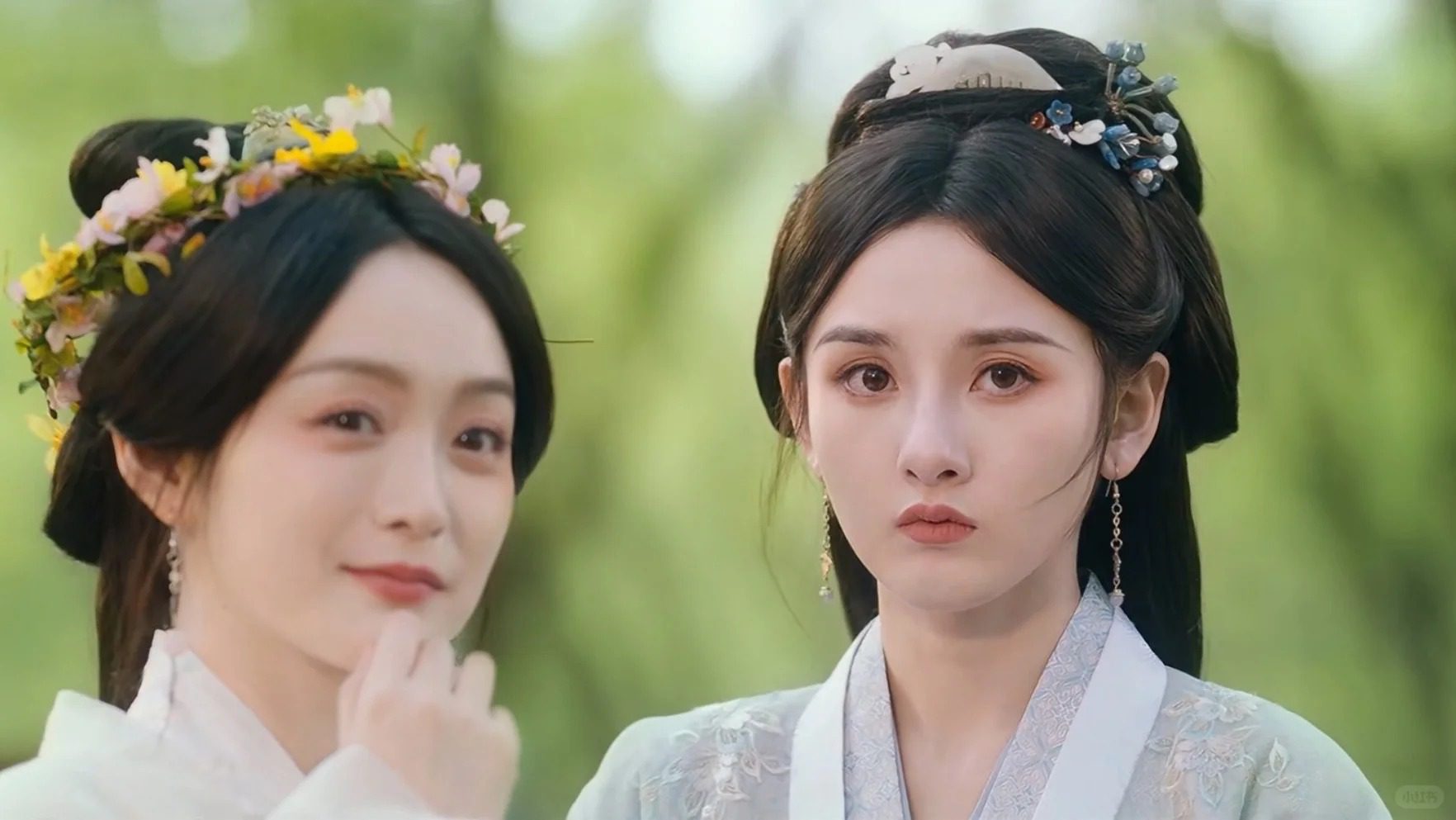

De kostuumevolutie van Zhe Yao laat de groei van de heldin zien door middel van hanfu-stijlen, van onschuld tot elegantie in dit Chinese historische drama.
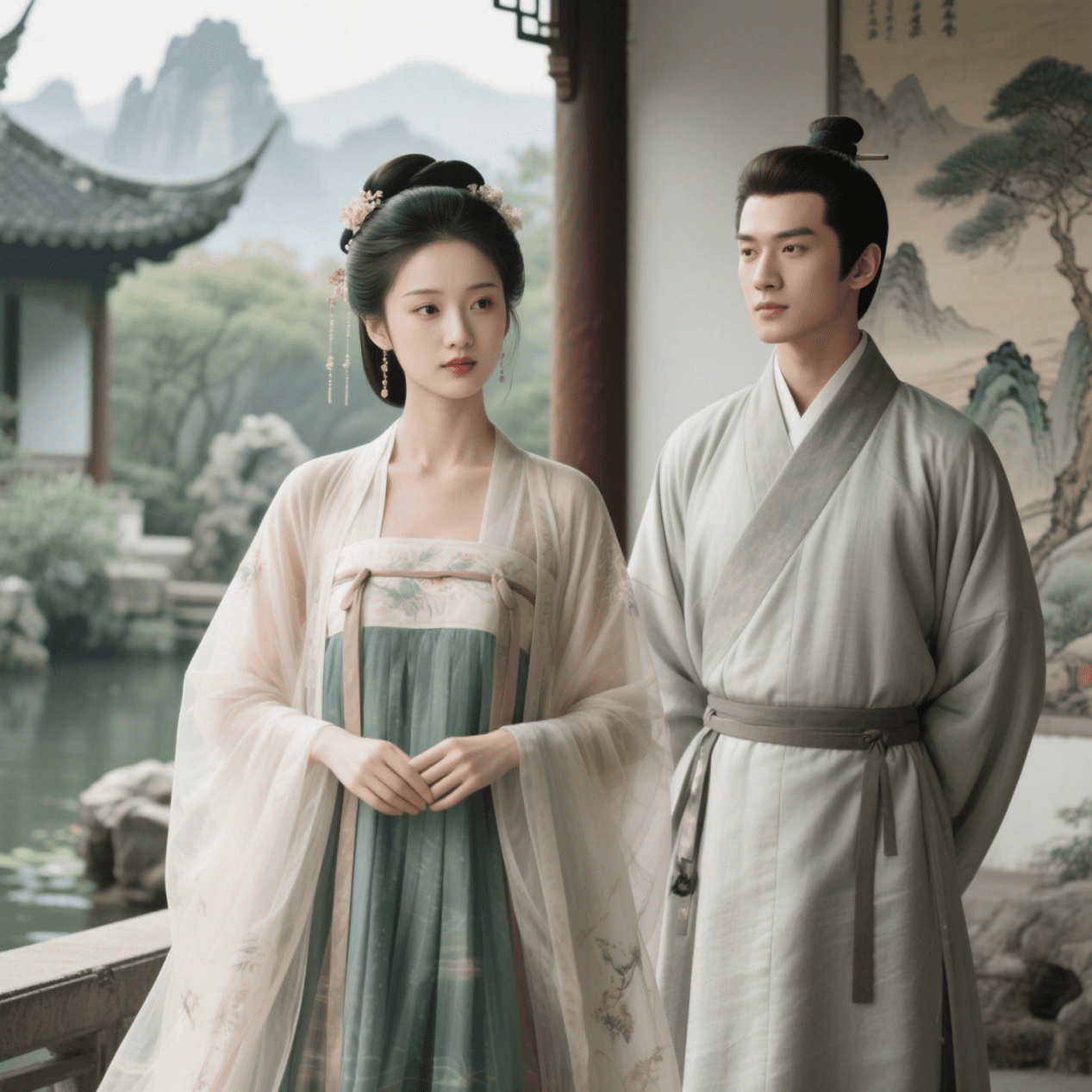
Inleiding: De schoonheid van Hanfu - Harmonie van Yin en Yang
In de vijfduizend jaar oude geschiedenis van de Chinese beschaving is Hanfu niet zomaar kleding, maar een vloeiende historische rol. Wanneer we Hanfu bespreken, denken we vaak als eerste aan beelden van vrouwen in vloeiende rokken, terwijl het diepgaande culturele erfgoed van Hanfu voor mannen vaak over het hoofd wordt gezien. In feite belichamen de verschillen tussen Hanfu voor mannen en vrouwen precies het filosofische concept van "harmonie tussen yin en yang" in de traditionele Chinese cultuur.
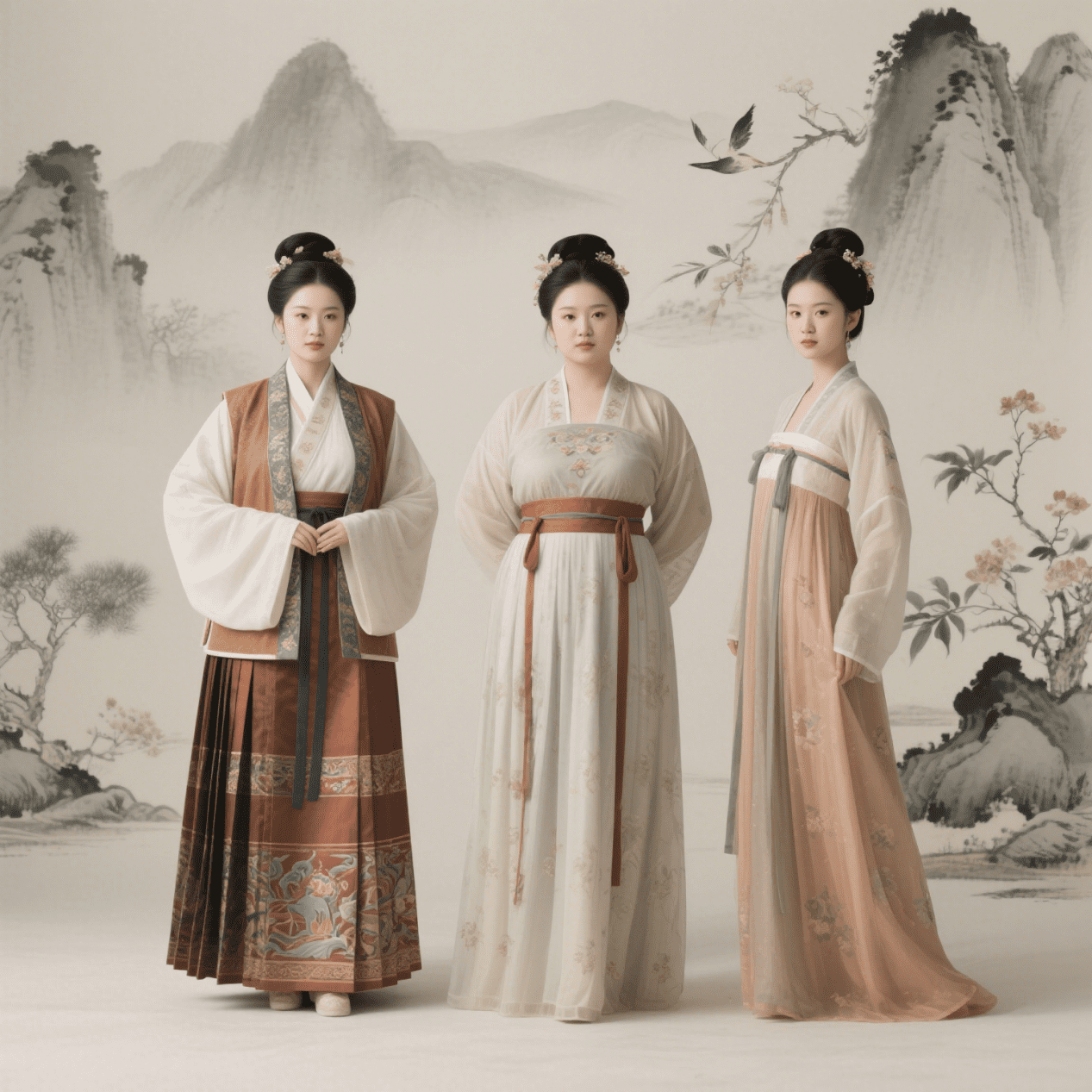
Hanfu revival: Flatteer uw figuur met traditionele Chinese stijlen. Leer hoe vloeiende silhouetten & evenwichtige proporties bij alle lichaamstypes passen. Omarm elegantie op authentieke wijze.
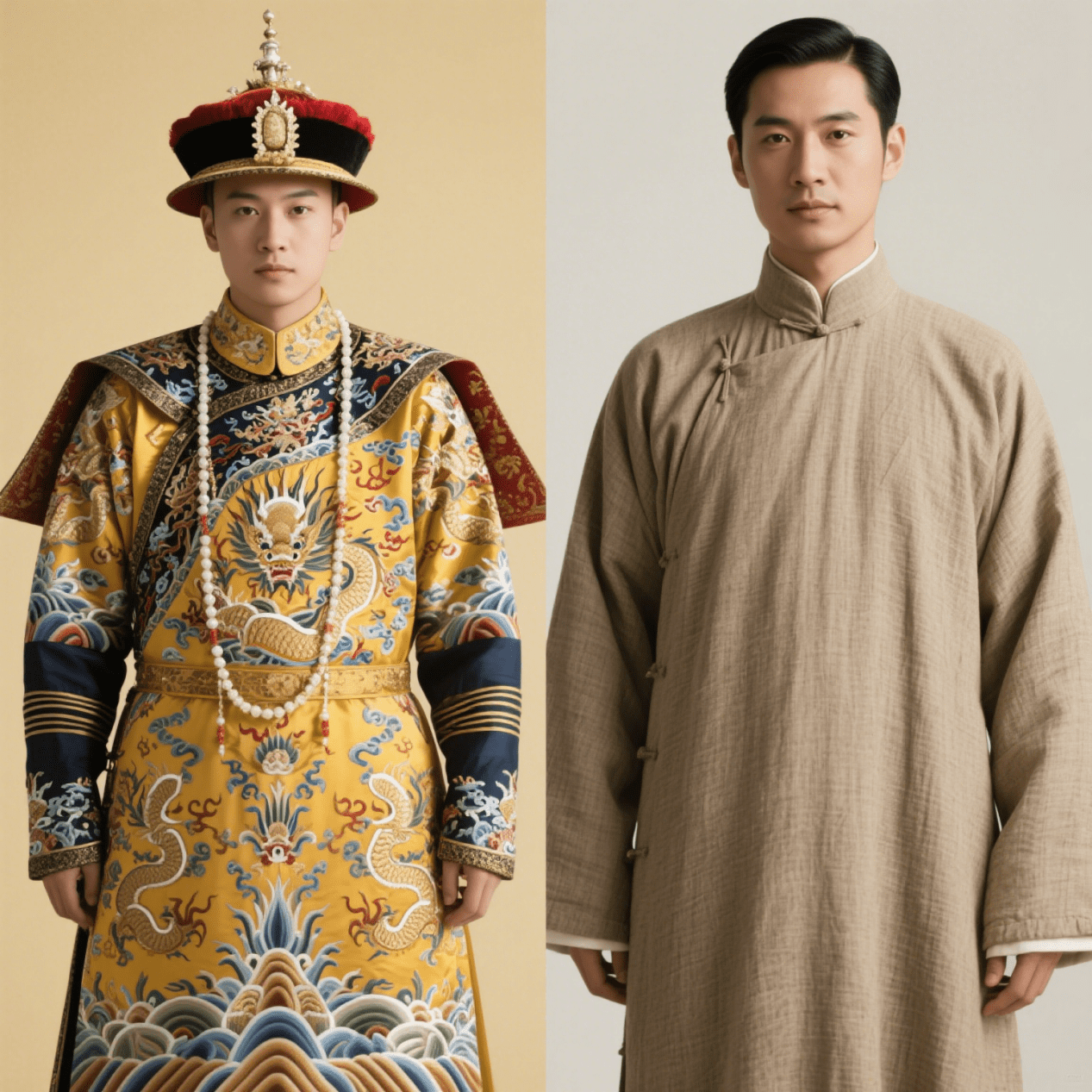
Als we vandaag de dag aan traditionele Chinese kleding denken, denken we aan vloeiende mouwen en ingewikkeld borduurwerk. Maar in het oude China was Hanfu (汉服) veel meer dan esthetische mode. Het was een visuele taal die sociale rang, morele waarden en zelfs politieke loyaliteit communiceerde.
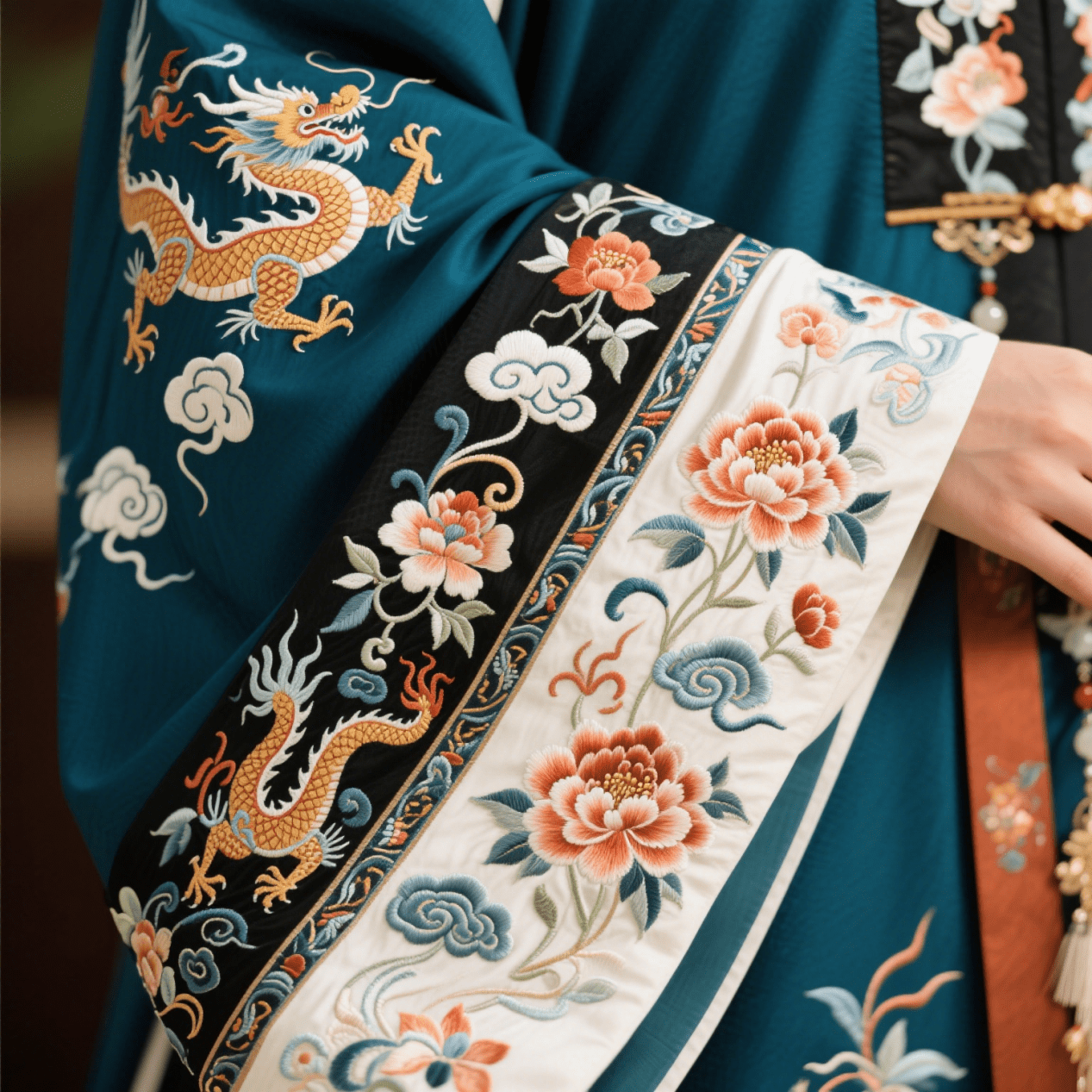
Why Hanfu is More Than Just a Beautiful Outfit
When you see Hanfu—the flowing robes, delicate embroidery, and vibrant colors—you might first admire its elegance. But did you know that every stitch, pattern, and motif carries deep meaning? Traditional Hanfu is filled with lucky symbols (吉祥图案, jíxiáng tú’àn), each telling a story of prosperity, love, health, and good fortune.
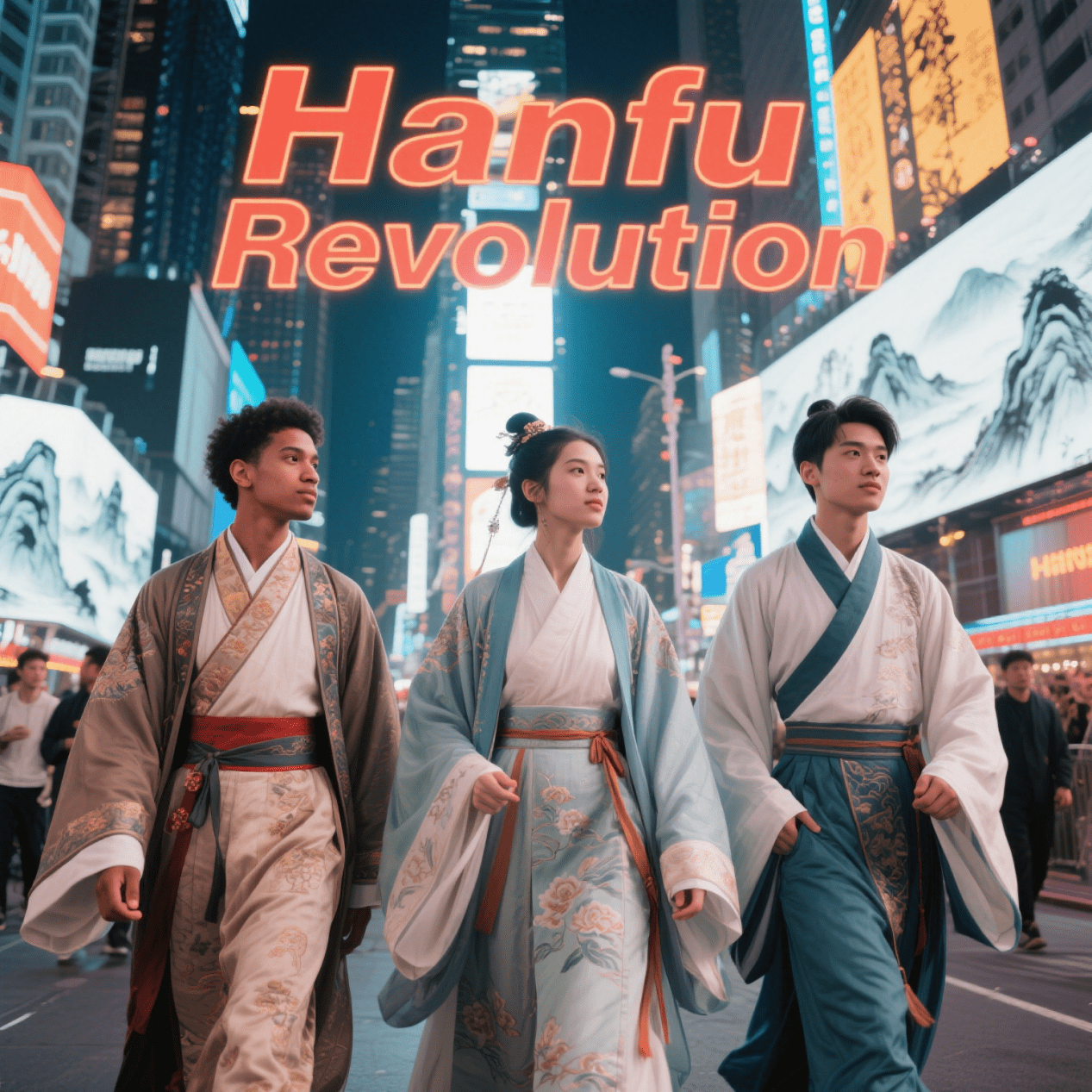
In the heart of Shanghai, a group of young people dressed in flowing silk robes and intricate hairpins gather for a subway “hanfu flash mob.” Nearby, a college student wears a Tang-style gown to her graduation, while a streetwear influencer pairs a Ming dynasty “horse-face skirt” with a cropped hoodie.
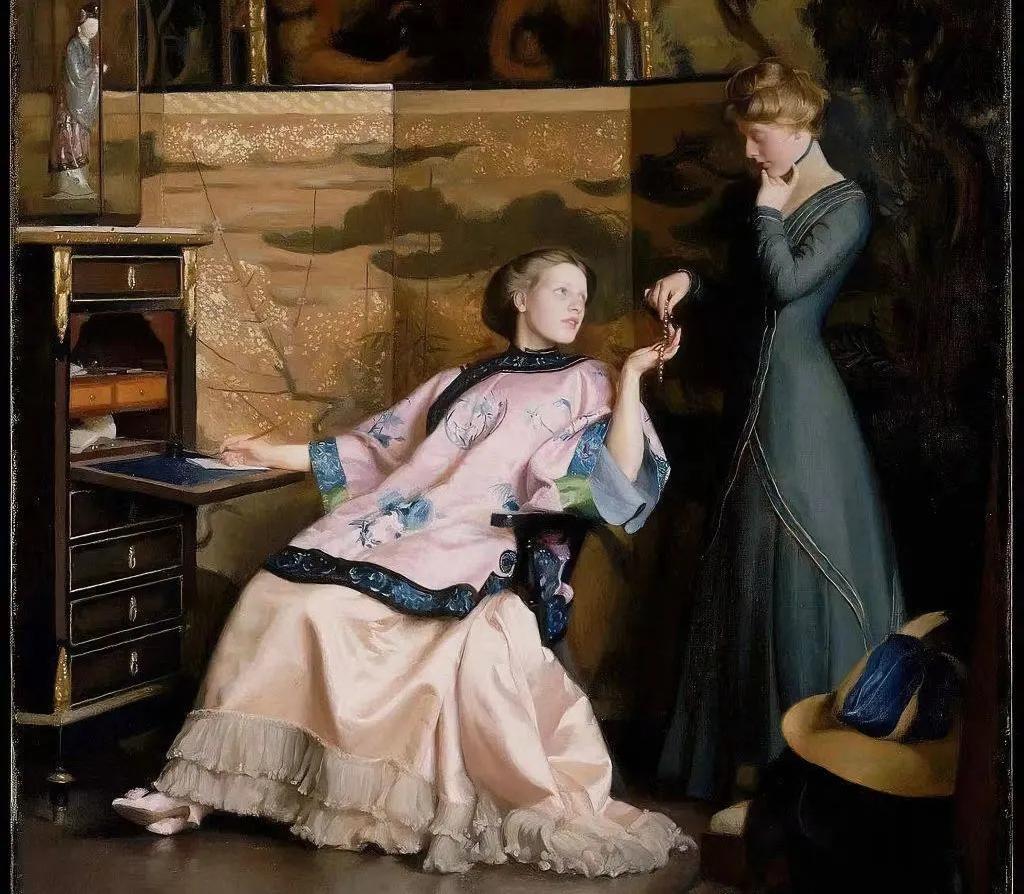
Hanfu from ancient China and Victorian fashion from 19th-century Britain—represent the highest points of elegance and symbolism in their respective cultures.
While they developed oceans apart, these two styles share surprising similarities in their aesthetic ambitions, cultural meanings, and even the way they’re being revived today.
Let’s explore a side-by-side comparison of Hanfu and Victorian fashion—what they reveal about history, beauty, and identity.
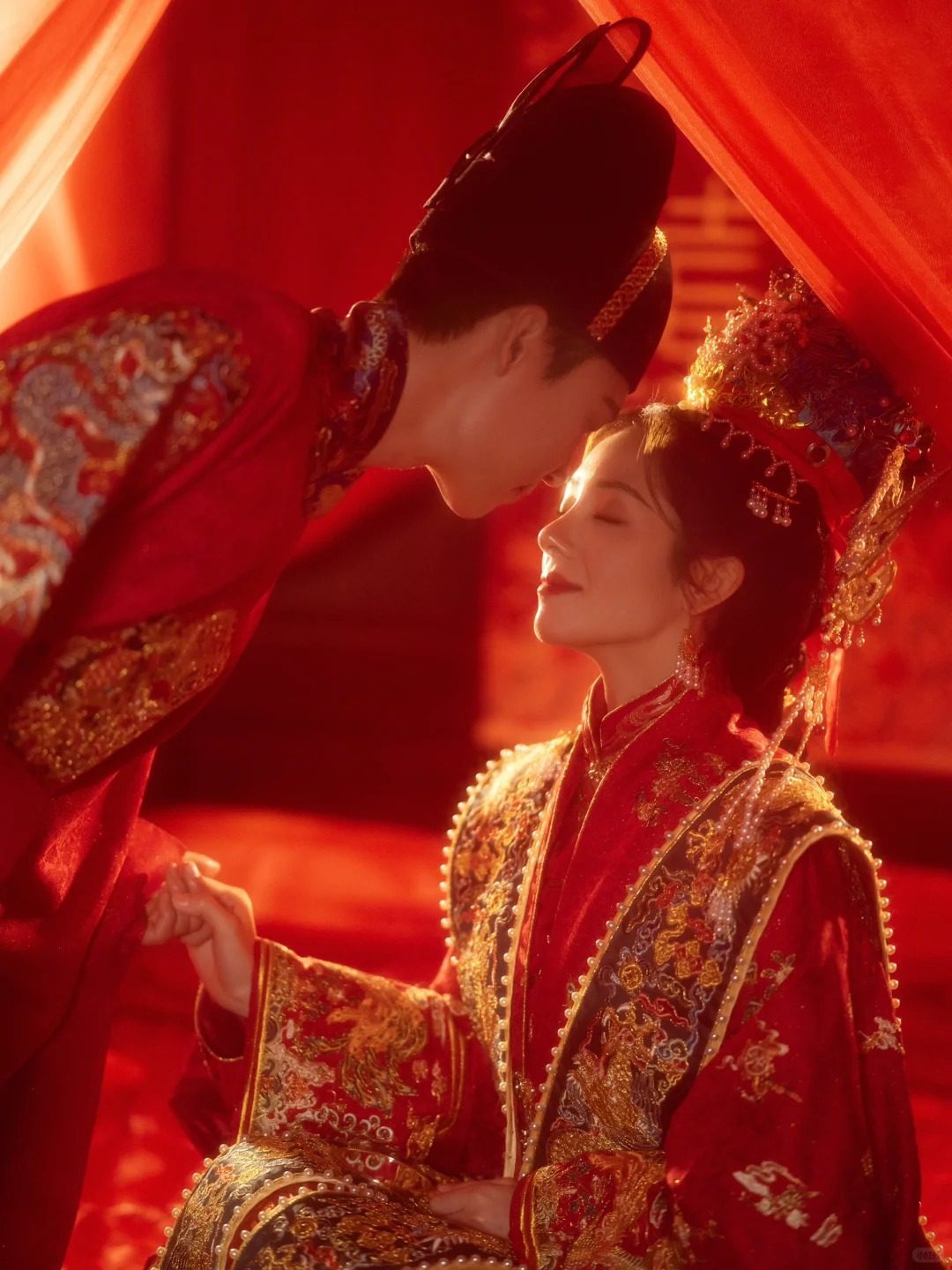
Marriage is one of life’s most important milestones. In ancient China, a wedding was not only the union of two individuals but also a continuation of culture, ritual, and family tradition. Wedding attire and ceremony evolved with the times, yet regardless of the dynasty, wedding garments always held deep symbolic significance. From the Pre-Qin era to the Ming and Qing dynasties, the styles, colors, materials, and accessories of ancient wedding attire reflected the aesthetics and values of their times. This article explores the evolution of ancient Chinese wedding attire and the rich cultural meanings embedded within.
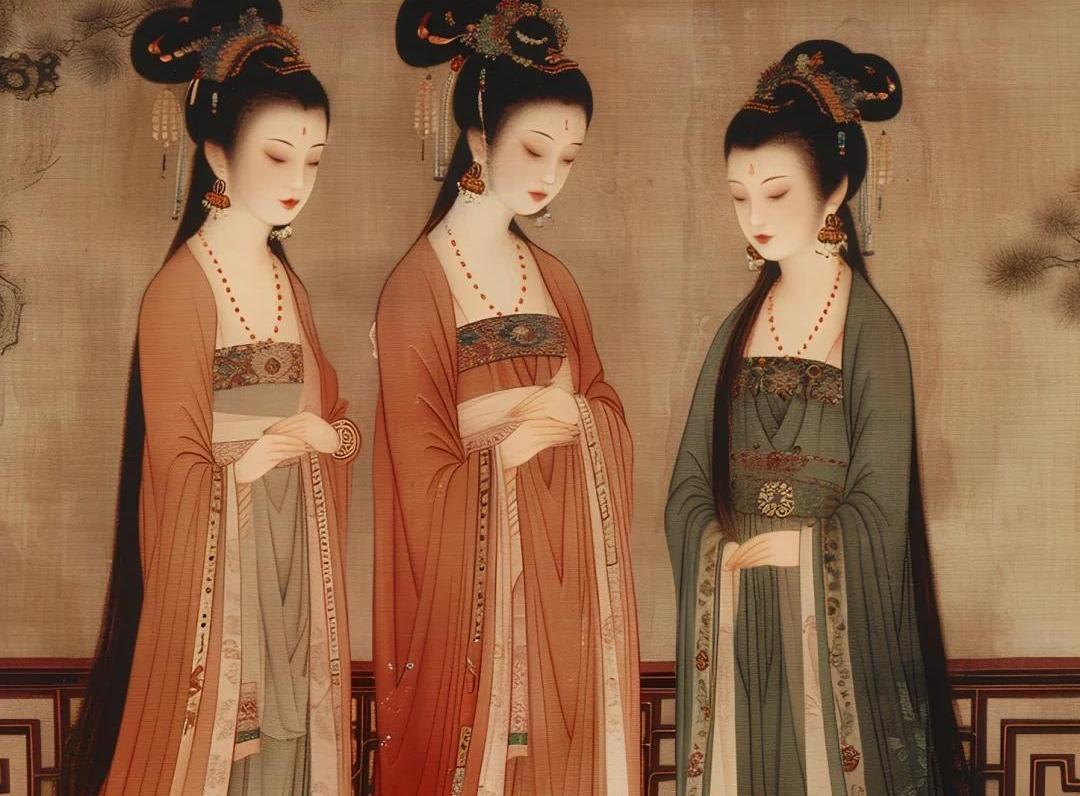
Look at the Sleeves, Read History
Have you noticed that the sleeves of women in costume dramas are sometimes wide and sometimes narrow? This is not a random design! From the Pre-Qin Dynasty to the Ming and Qing Dynasties, the changes in women’s sleeves are like a code book, hiding the secrets of their changing status. Behind the tight sleeves are the hands working, and the wide sleeves may hide the ambition of rebellion. Let’s unlock these “sleeve codes” and see how ancient women used clothes to fight for freedom.